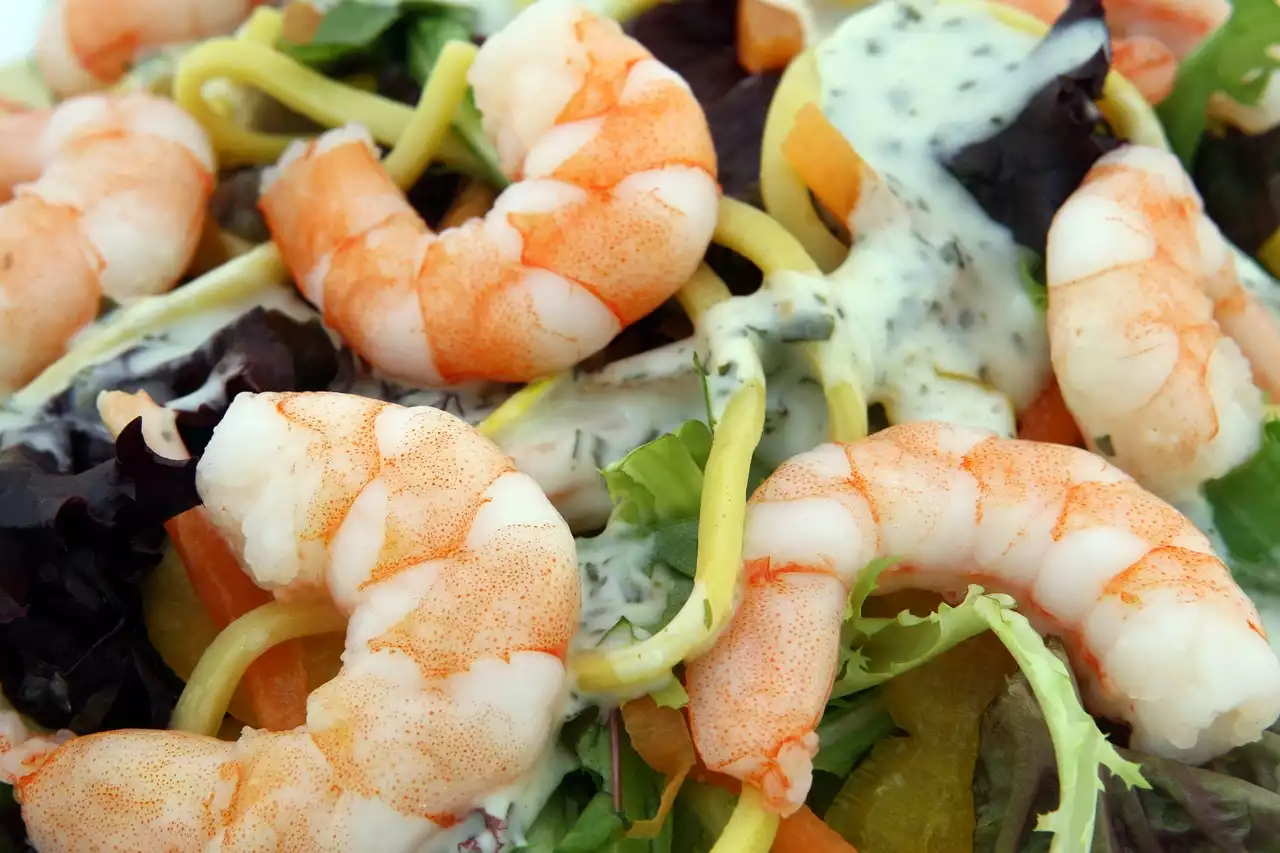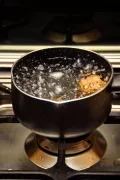Blanching is a versatile cooking method that can be used to achieve perfect tenderness and flavor without sacrificing any of the natural flavors of seafood. In this article, we will take an in-depth look at how to blanch seafood, specifically shrimp, lobster, and crab. We'll provide step-by-step instructions and tips for achieving the perfect texture and flavor, as well as ideas for incorporating blanched seafood into salads, cocktails, or other dishes.
Why Blanching is the Perfect Method for Cooking Seafood
Blanching is a cooking technique that involves briefly boiling a food item and then quickly cooling it in ice water to stop the cooking process. This method is particularly well-suited to seafood because it helps to preserve the natural flavors of the fish or shellfish. Additionally, blanching can help to remove any impurities or unwanted flavors, such as the iodine taste sometimes found in shrimp or crab. Finally, blanching seafood can help to achieve a perfect texture, ensuring that the seafood is tender and not overcooked or rubbery.
Blanching Shrimp
Shrimp is a popular seafood option that is particularly well-suited to blanching. When blanching shrimp, it's important to start with high-quality, fresh shrimp. To prepare the shrimp for blanching, first remove the shells and devein them if necessary. Then, bring a pot of salted water to a boil and add the shrimp. Cook for 2-3 minutes, or until the shrimp are just opaque and pink. Immediately remove the shrimp from the pot and transfer them to a bowl of ice water to stop the cooking process. Once the shrimp are cool, drain them and pat them dry. They are now ready to be used in salads, cocktails, or other dishes.
Blanching Lobster
Lobster is a decadent seafood option that is often reserved for special occasions. When blanching lobster, start by selecting high-quality, fresh lobster that is still alive. Fill a large pot with water and bring it to a boil. Once the water is boiling, use tongs to carefully add the lobster to the pot, making sure that it is completely submerged. Cook the lobster for 3-4 minutes, or until the shell turns bright red and the meat is cooked through. Remove the lobster from the pot and transfer it to a bowl of ice water to stop the cooking process. Once the lobster is cool, remove the meat from the shell and chop it into bite-sized pieces. Lobster that has been blanched in this way can be used in a variety of dishes, from lobster rolls to chilled salads.
Blanching Crab
Crab is another popular seafood option that is well-suited to blanching. When blanching crab, start by selecting high-quality, fresh crab that has been cleaned and prepared. Fill a large pot with water and bring it to a boil. Once the water is boiling, use tongs to carefully add the crab to the pot, making sure that it is completely submerged. Cook the crab for 3-4 minutes, or until it is cooked through. Remove the crab from the pot and transfer it to a bowl of ice water to stop the cooking process. Once the crab is cool, remove the meat from the shell and chop it into bite-sized pieces. Blanching crab in this way is an excellent method for achieving tender, flavorful crab that is perfect for a variety of dishes, from crab cakes to chilled salads.
Tips for Perfectly Blanching Seafood
While blanching is a relatively simple cooking technique, there are a few tips that can help to ensure the best results. Here are some key tips to keep in mind when blanching seafood:
- Start with high-quality, fresh seafood that has been properly cleaned and prepared.
- Use a pot of water that is large enough to accommodate the seafood without overcrowding it.
- Add salt to the water to enhance the flavor of the seafood.
- Keep a bowl of ice water on hand to quickly cool the seafood after blanching.
- Don't overcook the seafood; aim to achieve just the right level of tenderness and flavor.
By following these tips, you can be sure that your blanched seafood will turn out perfectly every time.
Ideas for Using Blanched Seafood
Blanched seafood is incredibly versatile and can be used in a wide range of dishes. Here are a few ideas to get you started:
- Shrimp: Add blanched shrimp to salads, stir-fries, pasta dishes, or cocktail platters.
- Lobster: Use blanched lobster meat in lobster rolls, salads, or even as a pizza topping.
- Crab: Make crab cakes, crab dip, or a chilled crab salad with blanched crab meat.
With its delicate flavor and tender texture, blanched seafood is a wonderful addition to any dish.
Conclusion
Blanching is a fantastic cooking method for seafood, allowing you to achieve perfectly cooked, tender seafood that retains all of its natural flavors. Whether you're blanching shrimp, lobster, or crab, the key is to start with high-quality, fresh seafood and to follow the proper blanching technique. With a little practice, you'll be able to master this cooking technique and create delicious seafood dishes that your whole family will love.









